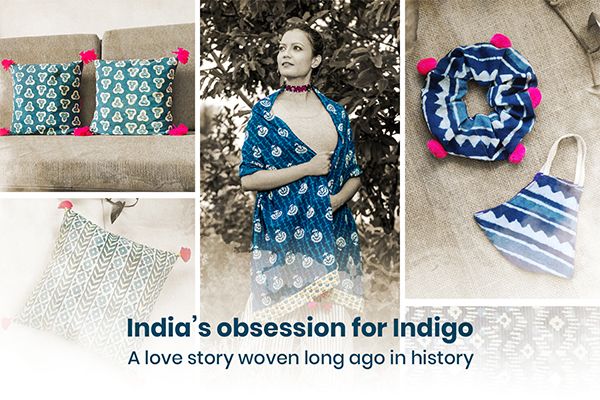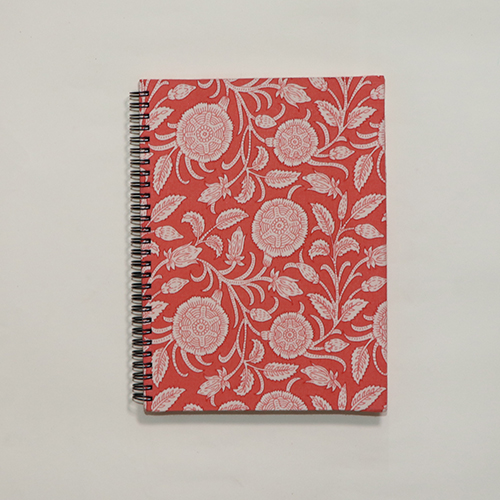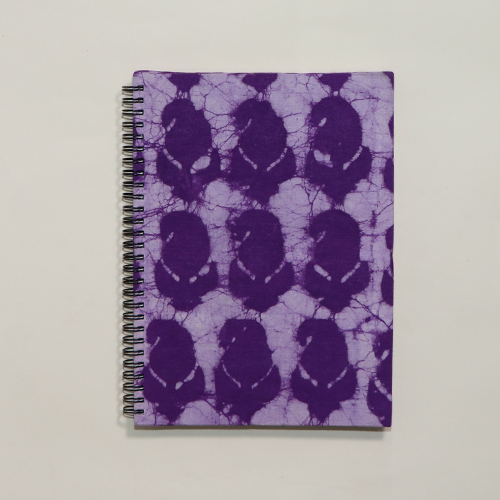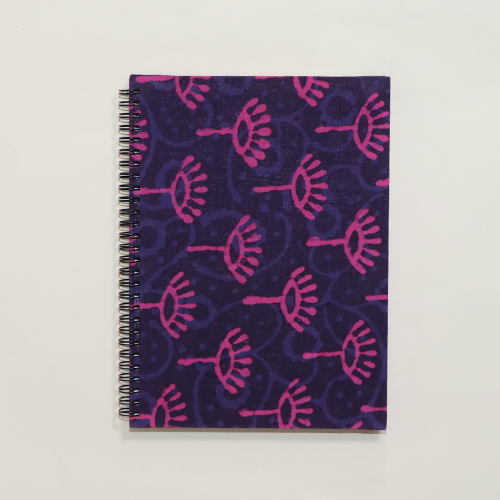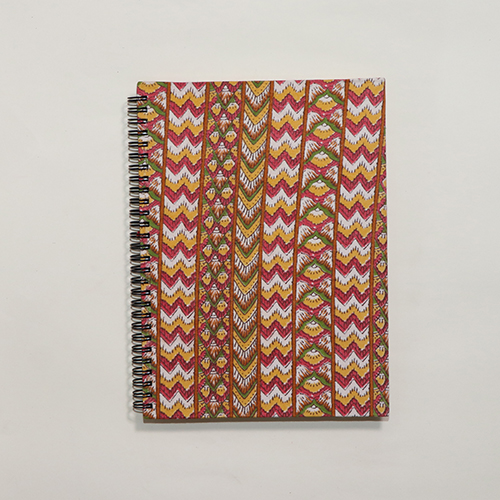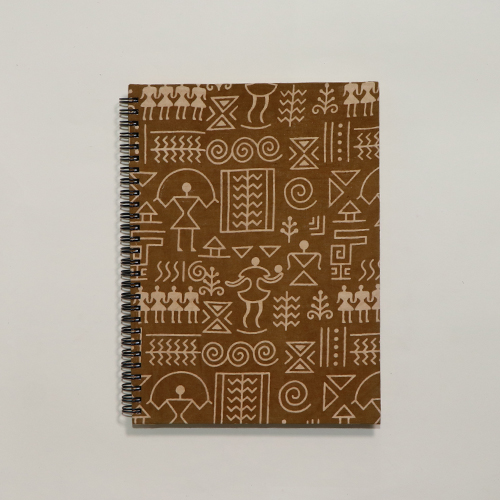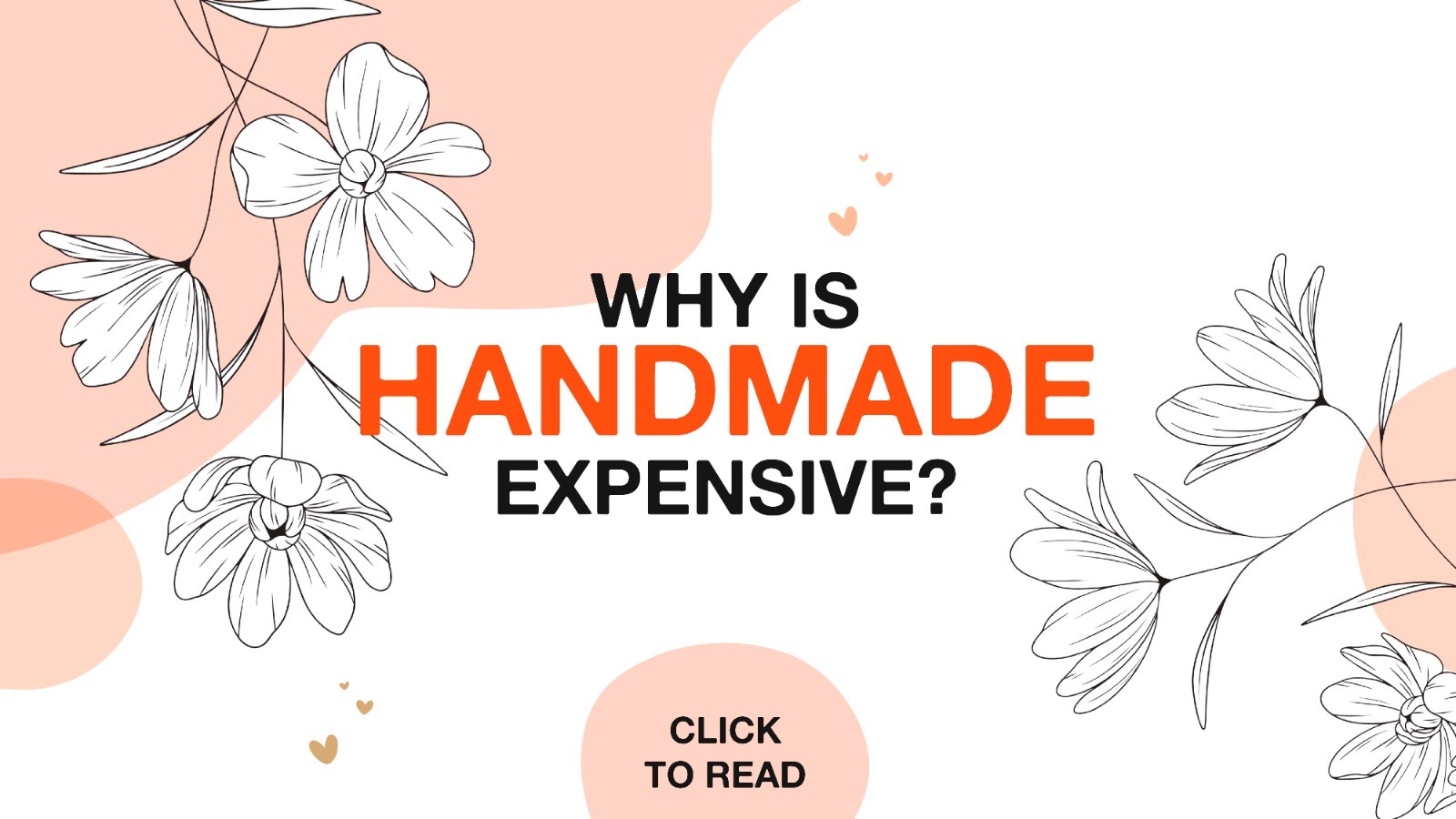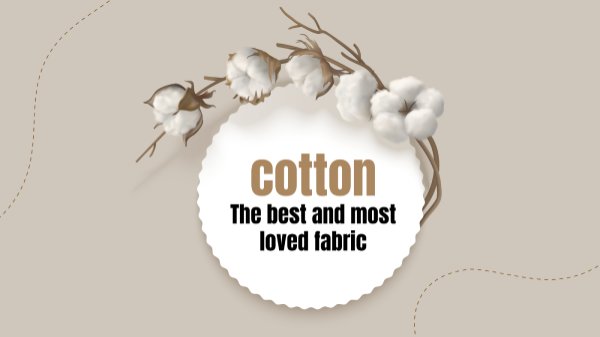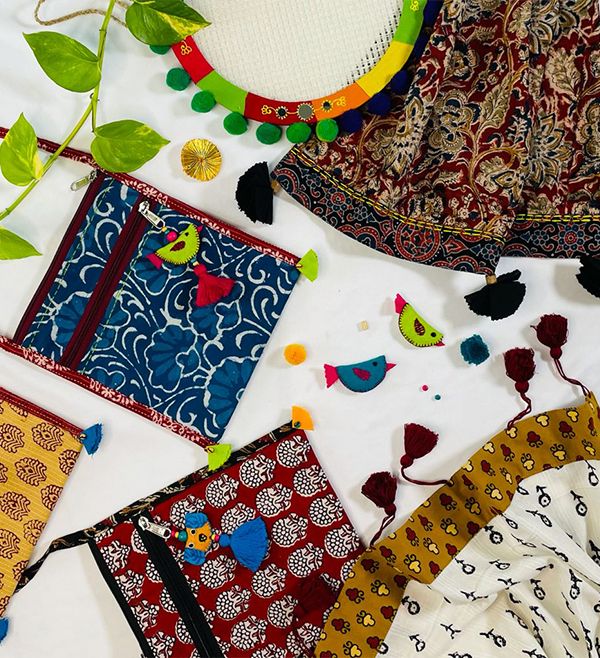For decades, we have adored this beautiful blue shade that has made history, fashion trends, and created a permanent place in the hearts of millions of fabric lovers. The fabrics, patterns and designs that soak in this rich tint, have all the charm to mesmerize the eye all within a blink.
What makes this color and fabric alluring to say the least? Read on to know more…
About the process of making Indigo dye..
For more than thousands of years Indigo was known as the ‘good dye’. The molecule of this dye is produced all over the world with 50 different plant species. In the textile industry, the ability of this dye to release a permanent blue shade on fabric was invented in different cultures all over the world. This ancient technique of deriving Indigo from plant species is still practiced by many.
The process of making indigo dye is a tedious one. First, harvested leaves of the ‘Indigofera’ plant are soaked in water to enable an amino acid called ‘Indican’ to release glucose. Once released this starts to ferment with other plant enzymes, after many days the resulting water gets a yellow color. ‘Indoxyl’ is a result of this fermentation and this oxidizes and gives a rich blue-purple shade when left to dry in the air.
This residue is mixed with with an alkaline solution; and the sludge is then pressed into cakes and dried. These hard dry cakes can be ground into fine power, to make Indigo.
Indigo dye can be used without mordants (a substance that sets or fixes the dye of fabric fibers) like tin, alum or chrome. These mordants stay in the fabric after the dying process and are harmful if ingested. However, in Indigo, the chemicals that are used for dying are completely washed off after, and hence make the fabric safer than other dyes. Other characteristics of Indigo that make this heavenly blue tint most loved is that it is stronger, wash resistant, and light resistant.

History of Indigo …
- The origins of the name Indigo – are subtly given by its name, which means – ‘from India’ or ‘ the Indian’. Apart from India, Indigo is also endemic to China and the tropical zones of Africa. Many plants and berries were used to make natural colors and dyes, but Indigo is the only color that gave a long lasting blue shade for fabrics.
- Indigo fabrics were very rare. A few centuries ago, only the rich and influential could afford this mysterious dye. The imports of this dye were exclusive, and came from far off colonies. Indigo earned a status of being a valued commodity like coffee, tea and silk.
- In parts of India, the colour Indigo is perceived as ‘blue Goddess’, and referred to as ‘blue gold’.
- More than 5000 years ago people from East Asia, India and Egypt, and the Mayans, used Indigo dye to color their fabrics. The fact that our ancestors went through a long and demanding process to derive it- only proves their fondness and love for this rich blue-purple tint of Indigo.
- In the 19th century came the boom of chemistry giants focusing on developing alternatives to blue dye and developing synthetic indigo.
- Hoechst and BASF, the big names in this industry, patented their version of synthetic indigo in 1897. In 1904, the indigo agreement was signed and they worked together to develop a simpler process resulting in an even stronger dye.
- After almost a decade, this synthetic process of making Indigo dye had replaced the traditional old methods of making indigo naturally. However, India was the only country known to making indigo, with traditional and completely natural processes, until the beginning of the First World War.
- Denim cloth was dyed in indigo, although very few producers used natural indigo dye to make denim. A large number preferred synthetic dye, which was darker, superior in quality, and had a much simpler process.
- Indigo was used for dying a wide range of textiles. It was the only naturally derived dye to give a permanent color on flax and cotton.
- In India, indigo plantations were established by the British. They also established these in South Carolina, USA. In fact, all over the world, indigo plantations were promoted, considering the remarkable demand for this dye.
- Indigo was so valuable in West Africa that, these textiles were exchanged as currency!
- Indigo plantations also gave rise to worker exploitation, colonization and slavery. It is known that indigo textiles exported to West Africa by European powers, were used to exchange slaves. These were sent to work on Indigo plantations.
- In Guatemala, East and West Indies, wherever indigo was being used traditionally, the colonizing authority, would look to profit from it, with the booming demand for these textiles.
- The history of Indigo, thus is stained in time with the misery of many slaves and plantation workers.
- With time as synthetic dyes became more common, exploitation of plantation workers showed a steady decline. However, it certainly gave rise to new problems and suffering of workers.
- Synthetic dye process includes extracting petroleum, and then mixing it with a host of many other chemicals. Furthermore, ammonia is a produced in this process as an off gas. This posed a serious risk to the workers and environment too.
- Today more people have become conscious, and are supporting natural and organic dyes and fabrics. Producing indigo with all natural processes is in demand. In many parts of India and and the world, generations have still cherished the age old methods of making indigo dye, and still make the finest tint of this ‘blue gold’ for global markets.
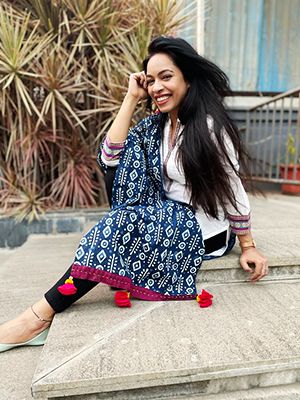
Indigo and fashion today…
- We know the rich history that is associated with this magical blue color fabric. It is still the most loved, and sure is not going anywhere for a long long time. Indigo fabrics have their own unique class. They have conquered the textile industry and have an increasing popularity. The realization of its history, and environmental awareness, has brought new value to indigo, which is now a natural first choice for fashion lovers all around the globe.
- Indians have embraced this fabric for thousands of years and it is an integral part of traditional and ethnic Indian clothes. It is a classic staple and designers do not shy away from using this gorgeous fabric in their collection.
Fun fact – The ‘Blue Collar Worker’, term is derived from the hard wearing cotton, that was dyed in indigo, worn by factory workers and laborers.
Indigo fabrics…
- Indigo comes in various shades of alluring blue. This serene color makes a fantastic choice for stunning looks. For Indian climates especially; the cool shades of Indigo are perfect to create a bold and bright statement.
- Using cotton printed indigo fabrics make this a cool choice for hot summer months. Opt for breezy, flowy, and relaxing outfits and get the best of style and comfort.
- Indigo blue has a cool and casual vibe. Choose from various prints to opt for casual dressing, with a hint of traditional charm.

The Indigo Wardrobe…
A bewitching shade of indigo, can be used to make gorgeous sarees, stoles, dupattas, kurtas, tops and more. Let us check out traditional and western options to flaunt in this evergreen blue!
- Indigo shrugs are in! For a rugged vibe choose an indigo shrug or overlay to pair with crop tops, denims or shorts. Contrasting oxidized accessories, or a clinch waist belt creates a stunning fusion look!
- Drape some indigo around with a chic saree. Pair with a halter or sleeveless earthy brown blouse, and accessorize with a chunky neckpiece. Step out in high heels for a jaw-dropping look!
- Why should girls have all the fashion fun? Indigo shirts are in, and they make a classy choice for men on a casual day out. Pair with a smart trouser in brown, grey, white or denims. Get playfulness rolling with indigo!
- Indigo skirts and pallazos or pants, are a traditional choice to create style and buzz! Wear a white, cream or pastel kurta and pair it up with printed indigo pallazo or pants, and a gorgeous breezy dupatta! Easy flats will do the trick to complete a fab look!
- Indigo stoles are always in trend. Make a style statement with gorgeous prints, and soft cotton fabric stoles. You can also check out our amazing collection of pure organic cotton indigo stoles at Craftsbite.
- Slay the western look with an indigo top. Pair it with a skirt, pants, denims, or even a saree for a unique style to flaunt!

Indigo is forever…
We love how this natural blue tint has changed the textile industry. The trends and buzz that it has created will forever be in style. We now know that indigo is much more than just a color on fabric. It has such deep-rooted history. It has effort, value and centuries of traditions imbibed in its bluish purple shade. We love the history that sings of its rise and remarkable place in time!
